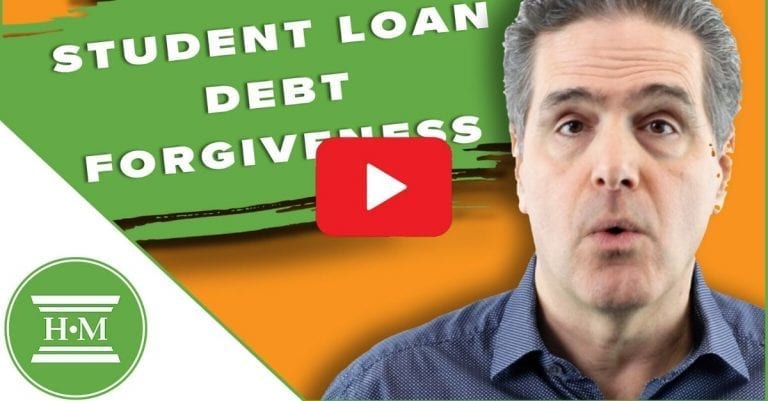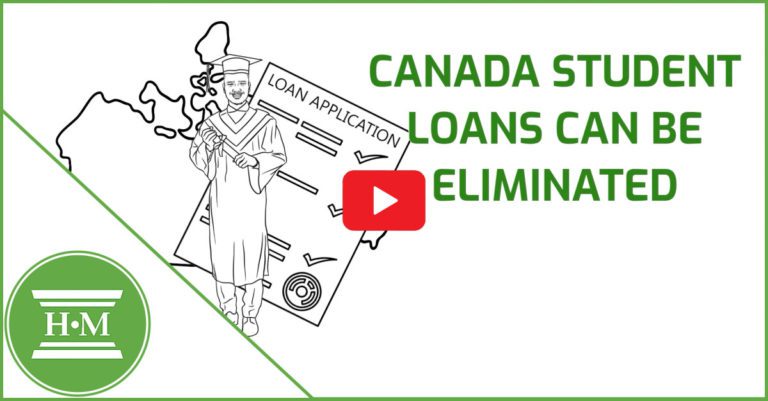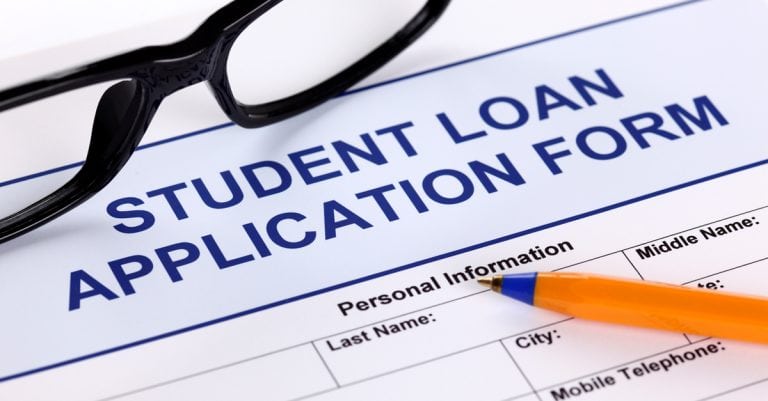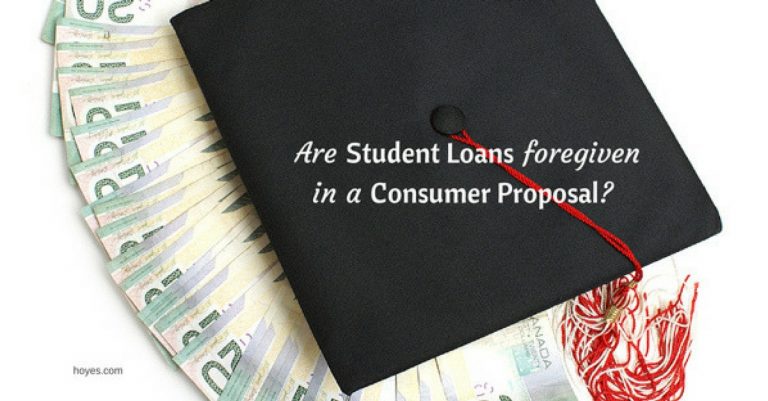Student Loan Debt
Student loans have special treatment in a bankruptcy or consumer proposal. We explain the 7-year rule, what it means for your student loan to be discharged and how to find your end of study date.
Are you struggling with payments on your student debt? Here is our comprehensive guide on government relief programs for student loans. Learn when student loans can be discharged in a bankruptcy.
Many people struggle to repay their student debt even years after graduating due to inconsistent income or lack of gainful employment. Falling behind on student loan payments is not uncommon but it should be dealt with, especially if your loans are now in collection. We explain what creditors can do and how to get relief.
Lots of young Canadians are struggling with repaying their student loans for a variety of reasons. But does consolidating government student debt make sense and what other options do you have?
It’s not uncommon for an insolvent debtor to want to go back to school. But are they eligible for OSAP during insolvency? Find out what factors make you eligible and what is required in your application.
Bankruptcy law discharges student loans if you have been out of school for seven years however you can make a hardship application for discharge after 5 years. Find out how.
There is a difference between government student loans like OSAP and Canada Student Loans and a line of credit at a bank or credit union when it comes to insolvency. Learn more here.
Did you know there are rules in place when it comes to the way student loans are treated in an insolvency? Find out the rules to ensure your student debt is discharged or released in a consumer proposal.
It is more common than ever to see individuals filing for insolvency for unmanageable student debt, in Ontario. Find out what happens if you can’t repay your student loans and options for debt relief.









